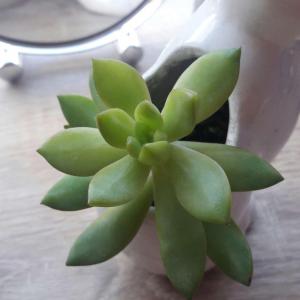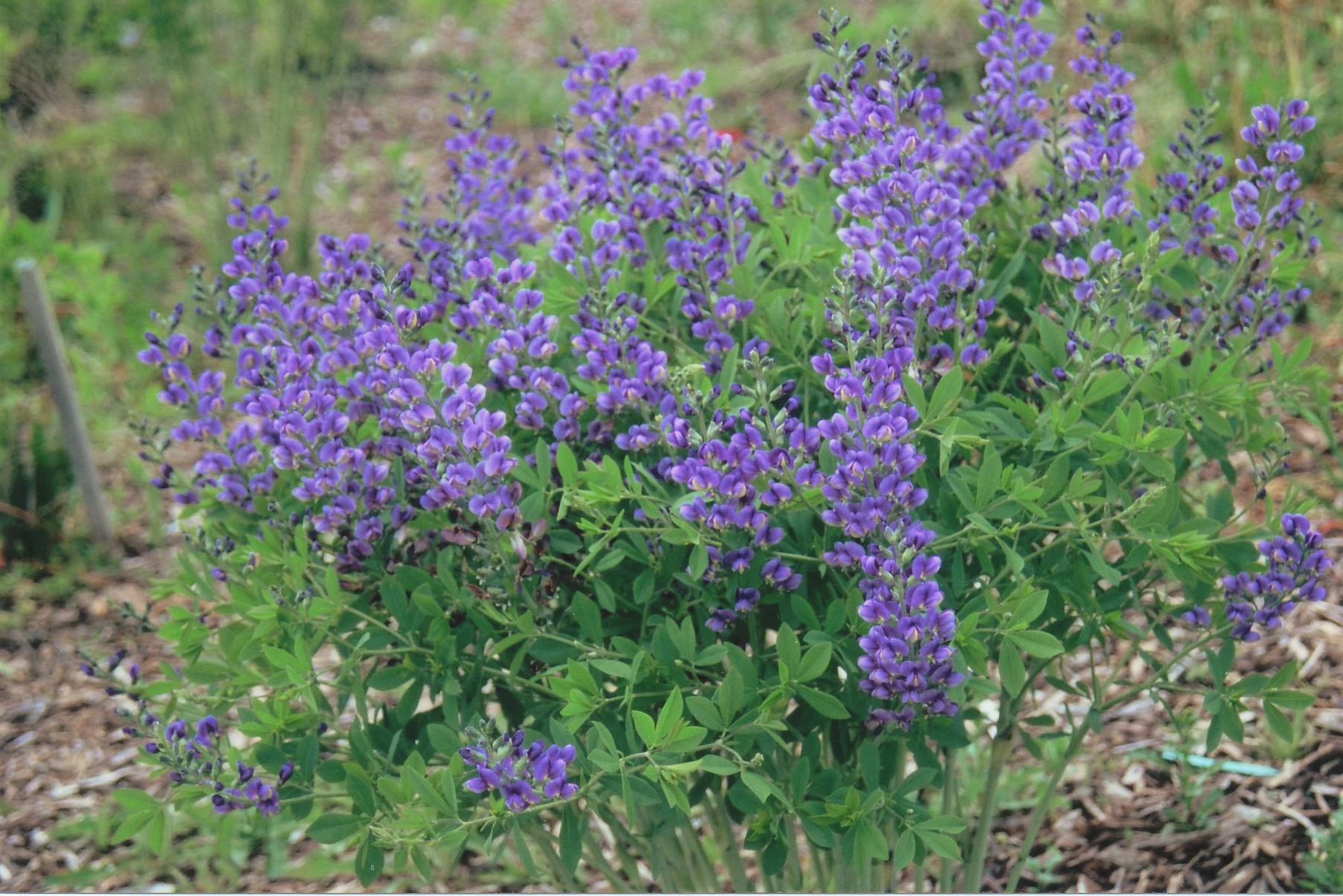成长记
Estefania Pereira
2017年10月16日

this beauty just keeps growing so beautifully, even if the red is going away the change it has had is amazing




1
0
成长记
Estefania Pereira
2017年10月16日

nemo seems to be growing taller and have more leaved, although the lost leaves that gave it its name arent growing back, also seems livelier




0
0
成长记
Estefania Pereira
2017年10月16日

cien años is more difficult to notice, im not sure of its changes and all, hope it will continue growing nicely though




0
0
成长记
Estefania Pereira
2017年10月16日

i have just noticed black orchid is also getting taller, as you can see new leaves are growing too, very happy with how they are turning out




0
0
成长记
Estefania Pereira
2017年10月10日

i dont know how the hell we were liars appeared but it did and thats why its called like that mindfuck of a book, i dont know if its growing, i dont know how it should grow, its purple under the leaves, but its growing


0
0
成长记
Estefania Pereira
2017年10月10日

what im noticing of the kingkillers is that they are growing taller and getting pinker, they also were underwatered before


0
0
家苗铭凯:徒的亲妈都不认识了
成长记
Estefania Pereira
2017年10月10日

nemo is growing up nicely, greener too, so thats got me happy


0
0
家苗铭凯:这是黄丽吧?徒长了多晒太阳
文章
Dummer. ゛☀
2017年10月08日

Theese tough, dependable, long-lived perenniaal make an impressive statement in the garden, growing as much as 3 to 4 feet tall. The most common species found in gardens baptisia, also known as blue wild indigo, has spires of blue flowers in late spring and early summer and was used by early American colonists as a dye plant. But other species and hybrids bloom in a wide variety of colors.

About baptisias
Baptisias are native to the central and southeastern U.S. In spring and early summer, their clover-like foliage is topped by spires of pea-like blooms. Baptisias grow slowly at first, but after a few years forms an attractive, upright mound up to 4 feet across. A mass planting of baptisia in full bloom is a striking sight. Both the flowers and the seed pods are attractive in bouquets. Hardiness varies with species, but most grow well in Zones 5-8.
Choosing a site to grow baptisias
Baptisias do best in full sun and well-drained soil of average fertility. If planted in part shade they may need staking to prevent sprawling. Once established, they are reasonably drought tolerant.

Planting Instructions
Container plants can be set out any time during the growing season. Space most plants at least 3 feet apart. Mature plants can be 4 feet wide and resent disturbance, so give young plants plenty of space to grow into. Prepare the garden bed by using a garden fork or tiller to loosen the soil to a depth of 12 to 15 inches, then mix in a 2- to 4-inch layer of compost. Dig a hole twice the diameter of the pot the plant is in. Carefully remove the plant from its container and place it in the hole so the top of the root ball is level with the soil surface. Carefully fill in around the root ball and firm the soil gently. Water thoroughly.

Ongoing Care
Baptisia forms a deep taproot, making it difficult to transplant, so choose the planting site carefully. Unlike many other perennials, baptisia clumps don't need dividing. Although it's possible to divide the deep, gnarly root mass, it's risky and you may end up damaging the plant so much that it can't recover. If you want more plants you can propagate them by seed or cuttings. Baptisias have few insect and disease problems and are usually ignored by deer.

About baptisias
Baptisias are native to the central and southeastern U.S. In spring and early summer, their clover-like foliage is topped by spires of pea-like blooms. Baptisias grow slowly at first, but after a few years forms an attractive, upright mound up to 4 feet across. A mass planting of baptisia in full bloom is a striking sight. Both the flowers and the seed pods are attractive in bouquets. Hardiness varies with species, but most grow well in Zones 5-8.
Choosing a site to grow baptisias
Baptisias do best in full sun and well-drained soil of average fertility. If planted in part shade they may need staking to prevent sprawling. Once established, they are reasonably drought tolerant.

Planting Instructions
Container plants can be set out any time during the growing season. Space most plants at least 3 feet apart. Mature plants can be 4 feet wide and resent disturbance, so give young plants plenty of space to grow into. Prepare the garden bed by using a garden fork or tiller to loosen the soil to a depth of 12 to 15 inches, then mix in a 2- to 4-inch layer of compost. Dig a hole twice the diameter of the pot the plant is in. Carefully remove the plant from its container and place it in the hole so the top of the root ball is level with the soil surface. Carefully fill in around the root ball and firm the soil gently. Water thoroughly.

Ongoing Care
Baptisia forms a deep taproot, making it difficult to transplant, so choose the planting site carefully. Unlike many other perennials, baptisia clumps don't need dividing. Although it's possible to divide the deep, gnarly root mass, it's risky and you may end up damaging the plant so much that it can't recover. If you want more plants you can propagate them by seed or cuttings. Baptisias have few insect and disease problems and are usually ignored by deer.
1
1
成长记
cclecombe
2017年10月08日

I have no idea what this will look like once the flowers stop growing but I'm not sure I mind!


1
0
成长记
meriunkat
2017年10月06日

Okay so mom "accidentally" somehow tipped this one and well it broke, i was upset and left it almoat forgotten bit today i decided to take a look at it and i found two babies growing from the stem😅










2
0
Heidi Liu:@meriunkat lol
meriunkat:pardon my grammar lols I was too exited 😅













